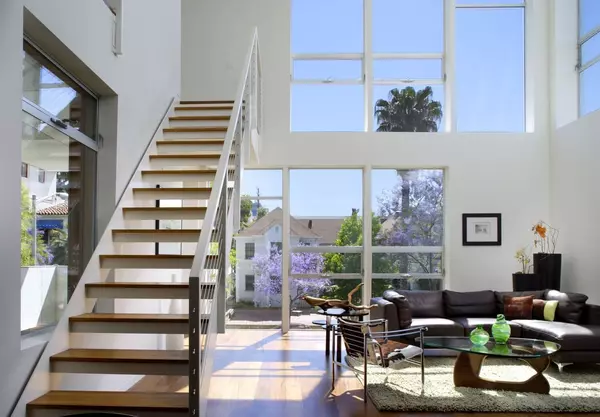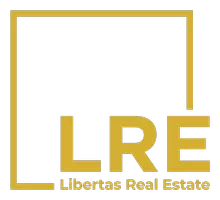DRB Homes launches for-sale housing at Charleston Navy Yard
When South Carolina’s Charleston Naval Shipyard closed in 1996, the decision led to significant job losses and economic shock for the local community.
North Charleston spent years crafting redevelopment plans for the 2,800-acre site and its collection of historic buildings. Now, the city is seeing success. Like many former military bases across the country, the site is being transformed into a vibrant area where people can live, eat, shop, and work.
DRB Homes, a subsidiary of Japan’s Sumitomo Forestry America, will build the first for-sale housing at what’s now named Navy Yard Charleston. The Rockville, Maryland-based builder plans 55 townhomes as part of a ground-up development called “Marine Row at the Navy Yard.”
Site work is set to begin in next year’s second quarter, with the first homes starting construction a year later.
The builder’s commitment extends beyond the townhomes. It has established offices and showroom space in a renovated 1908 building called Storehouse 8.
DRB Homes is expanding its local presence with the shipyard deal. The company has 11 communities of single-family homes and townhomes at various sales stages around the Charleston area.
“The long-term vision for the property combined with our love for this market is what attracted us to the site,” said Bennett Rogers, division director for land development at DRB Homes.
Rebuilding a community
The Navy Yard Charleston redevelopment spans 85 acres within the larger property. Atlanta-based developer Jamestown and its investors have long-term plans to build housing mixed with commercial and retail development.
Jamestown has become known for adaptive reuse. In Atlanta, for example, the company converted a former Sears, Roebuck and Co. store and distribution center into a development that includes residential, office, restaurant, and shopping components.
Jamestown and its partners recently opened 78 live-work rental apartments in a renovated 1918 building named Storehouse 9.
Jay Weaver, president of Weaver Capital Partners, a local operational partner with Jamestown in the Navy Yard Charlestown project, told The Builder’s Daily that its team aims to deliver 3,500 units upon full build-out, ranging from townhomes to flats to apartments.
However, if they see much greater demand, he said the developers have the flexibility to exceed the initially planned 3,500 units, perhaps up to 5,000.
DRB Homes’ development will rise on property acquired from Jamestown just outside the main campus.
North Charleston lacks a traditional downtown. City leaders hope the redeveloped shipyard can fill that void.
“We’re trying to create a complete ecosystem,” Weaver said, adding that the goal is to rebuild the shipyard community that existed before its closure.
End of an era
The community that developers hope to restore goes back to 1901, when the Charleston Naval Shipyard opened on the Cooper River and became the largest East Coast dry dock before World War I. It served as a hub for decommissioning and storing Navy vessels, as well as building and repairing ships.
Charleston’s economy, still lagging after Reconstruction, needed a boost. By World War II, shipyard employment soared to 26,000. Many Navy personnel lived in shipyard housing and could buy groceries and household goods on-site.
This influx of workers drove significant infrastructure growth, directly contributing to North Charleston’s development.
The shipyard’s focus evolved over decades to include work on guided missile ships and nuclear submarine maintenance. It narrowly escaped closure in the first two Base Realignment and Closure Commission rounds, but not the 1993 one.
In five BRAC rounds, more than 350 military installations closed nationwide, the most recent in 2005. The closures forced cities to seek new uses to reignite economic prospects.
In South Carolina, the former Myrtle Beach Air Force Base became The Market Common, a mixed residential and shopping area. The former Brooks Air Force Base, now called Brooks, turned into a mixed-use project with new housing.
San Diego converted its former Naval Training Center—once a key sailor boot camp—into Liberty Station, a mixed-use development with new, dense housing options.
Slowing housing market
Like many Sun Belt cities, Charleston’s housing market surged during the COVID-19 pandemic, making it one of the country’s hottest markets. Now, the market has cooled to a more balanced state, marked by flat-to-moderate price growth, longer marketing periods, and greater buyer leverage in negotiations than in 2021 and 2022.
North Charleston stands out as a more affordable, softer submarket with recent price declines and slower sales.
DRB Homes’ timeline for townhomes at Navy Yard Charleston may line up with the market’s next upswing. Jamestown and its investors are taking a long-term, measured approach in building out the shipyard site. Along with adding more apartments, they could welcome more for-sale product.
“Our plans are to be in this for the long haul and really see it all the way through, which, I think is another 10 years to maybe even 15 years of pulling this together and doing it the right way,” Weaver said.
Categories
Recent Posts









GET MORE INFORMATION

